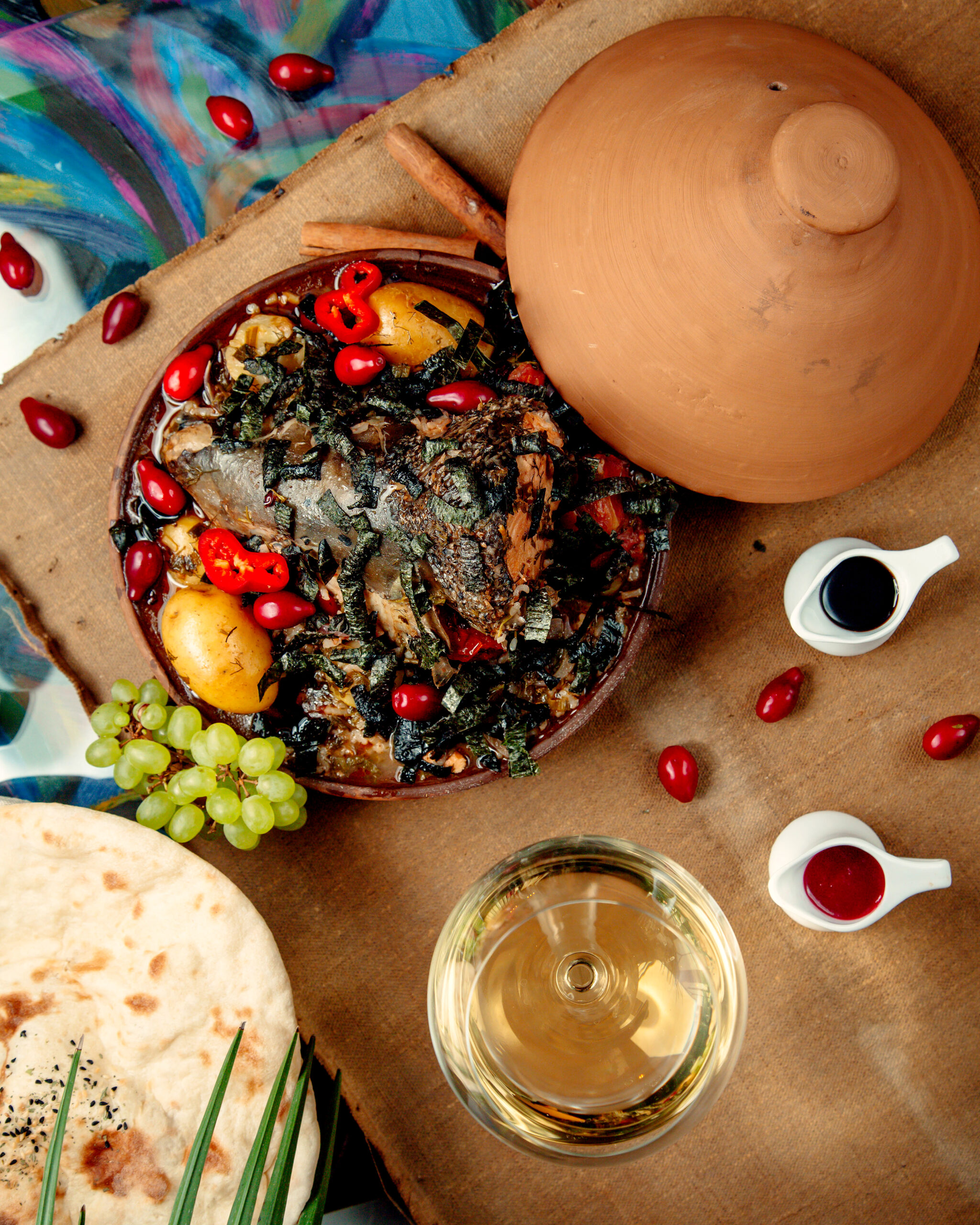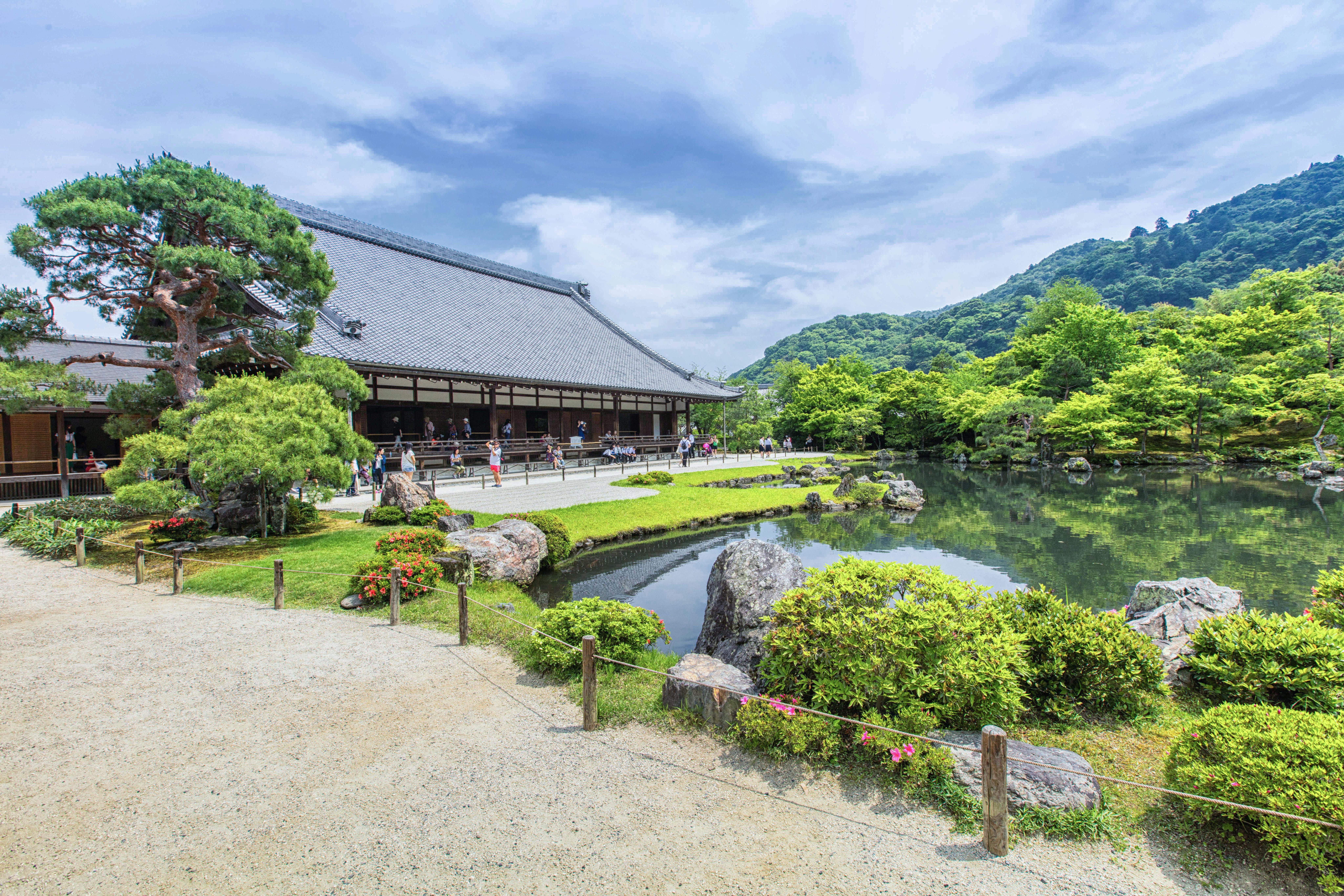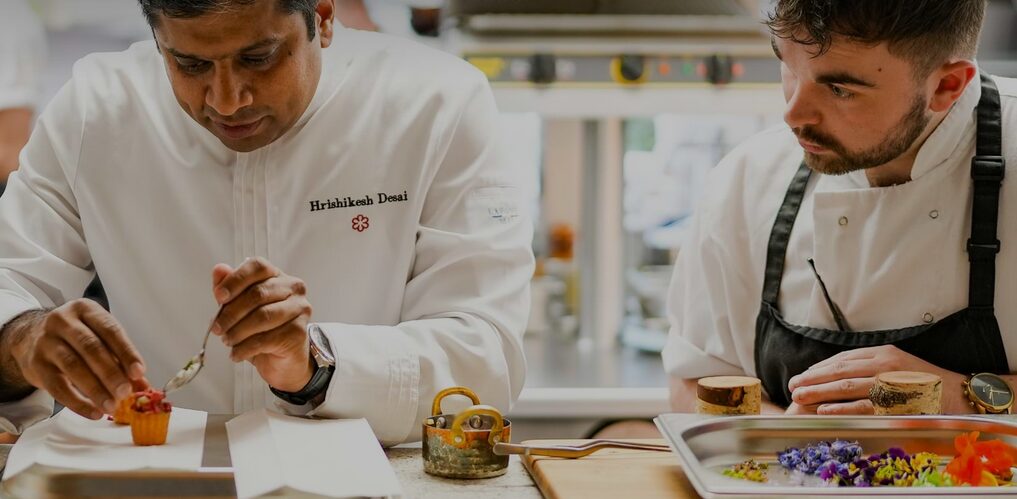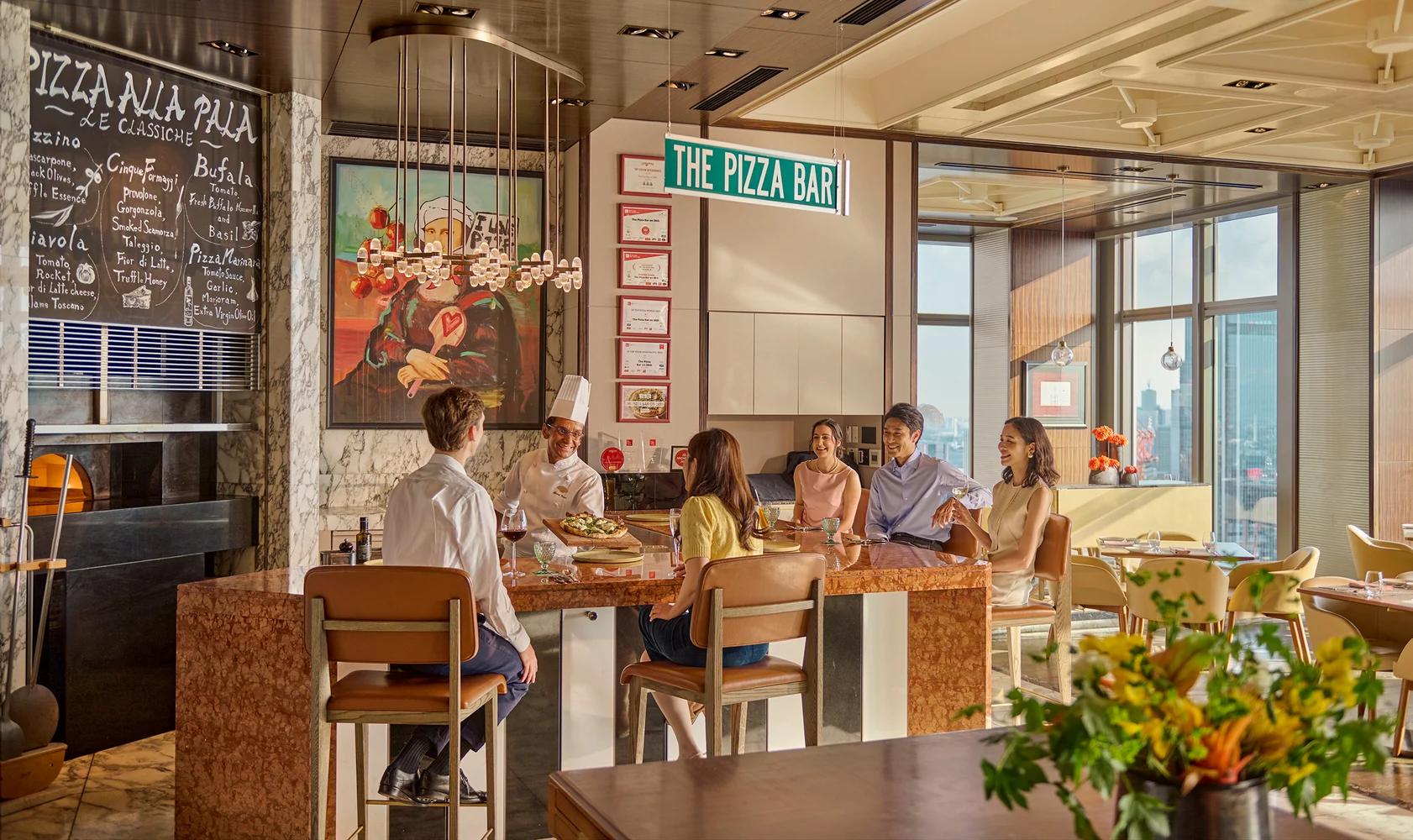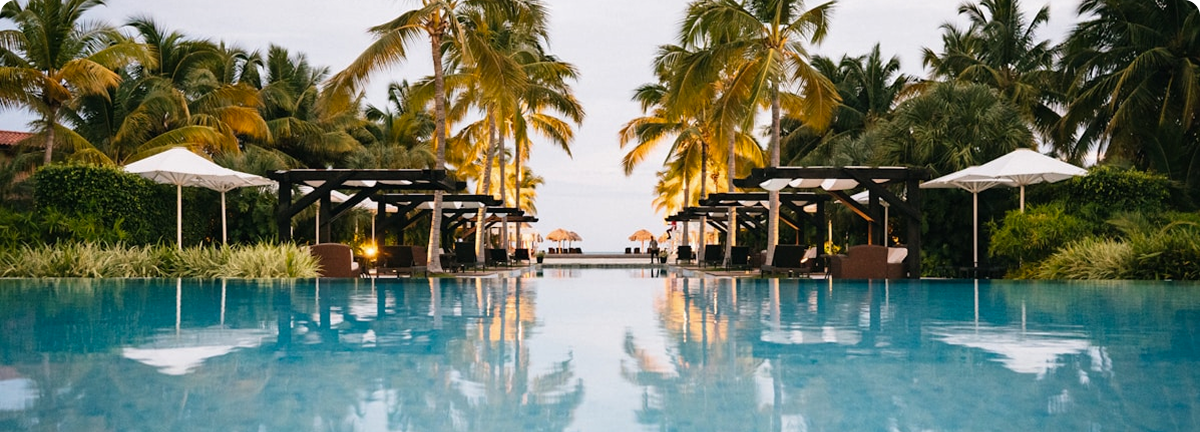Konavle Valley’s offering: delish peka, salubrious wines, rustic appreciation
‘Don’t go by must-do lists; you do you’, I usually tell people. Except when it comes to Croatian food. Then I become that annoying travel advisor who won’t shut up about their life-changing experience.
So please forgive me when I say with complete conviction: You haven’t truly visited Croatia until you’ve eaten peka.
My discovery of this dish wasn’t planned. Like most first-time visitors to Dubrovnik city, I arrived with a simple checklist: walk the ancient walls, find that Game of Thrones spot where something dramatic happened (I wasn’t sure what because I had not seen a single episode), and eat some seafood. But after two days of inspecting hotels, as I do often, and checking out the city’s restaurants, I was ready for something different.
“You want to see the real Croatia?” asked Jelena, my reliable ground partner who was driving me around the country generously. She looked at me sceptically, as if assessing whether I was worthy. “Not just take pictures for Instagram?”
I assured her that my Instagram account was already a sad testament to my lack of photography skills, so yes, I wanted authenticity.
“Then we go to Konavle Valley. We eat peka. We drink wine. We come back happy.”
Outside the tourist clutch
Just a short drive from the tourist crush of Dubrovnik, Konavle Valley spread out before me like a living postcard. One-third of the region is forest, mostly pines and cypresses standing tall like ancient guardians. The rest is a patchwork of vineyards, olive groves, and fruit trees loaded with tangerines, figs, and mulberries.
Following Jelena’s purposeful strides, I found myself at a rustic stone building beside the Ljuta River. No English menu, no tourists in sight. Perfect.
The owner, a mountain of a man named Stipe, nodded and hugged Jelena. “Ah, you came for peka. Good. We started it this morning.” He pointed to what looked like an outdoor fireplace where hot coals glowed beneath a strange metal dome.
“That’s the peka,” he explained, seeing my curiosity. “The dish and the cooking tool have the same name.”
What followed was a three-hour lunch that changed my understanding of what food could be.
Peka, I learned, is deceptively simple: meat (lamb, in this case, though veal, octopus, or chicken are also common), vegetables, olive oil, wine, herbs, and garlic — all slowly baked on a tray covered by a bell-shaped lid (peka) with hot coals on top.

No flour, no stock, no fancy techniques. Just time and care. I couldn’t help but equate it to the wonderful preps back home — the Khud lamb from Rajasthan (which hotel Mihir Garh does beautifully) and the legendary dum lamb biryani from the royal kitchens of Lucknow.
“The secret is patience,” Stipe said, lifting the dome to reveal what might be the most succulent meat I’d ever seen. “These days people are always in a hurry. Food is not for hurrying.”
I wasn’t about to argue. Not with my mouth full of lamb that dissolved like butter, potatoes that had soaked up all the juices, and vegetables that maintained their identity while becoming something greater together.
Each bite was a lesson in how simplicity can trump complexity when the ingredients are respected.
“You know,” Jelena said, as we sat by the river, eating under a tree, “many important people eat here. Presidents, prime ministers.” She pointed to photos on the wall that I’d been too distracted by the food to notice. “They could eat anywhere in the world. They choose peka.”
This wasn’t just food; it was ‘edible history’. A connection to a past where meals weren’t rushed between meetings or eaten while scrolling through phones. Where the act of cooking was as important as the eating.
Wine in the valley
After lunch (and several glasses of local wine that Stipe insisted were “just samples”), Jelena suggested we visit Karaman Winery, also in the valley, a little way down the road. “Tell them you ate my peka,” Stipe said proudly as he saw us off.
“They will know you are serious about taste.”
The landscape could have been lifted from Tuscany. Rolling hills, neat rows of grapevines stretching to the horizon, the afternoon sun casting long shadows. The comparison isn’t accidental — the Adriatic coast shares many geographical features with its Italian neighbour, but with far fewer tourists blocking the view.
At Karaman Winery, we met Luka, a third-generation winemaker, and his tour of the winery revealed another side of Konavle’s traditions.
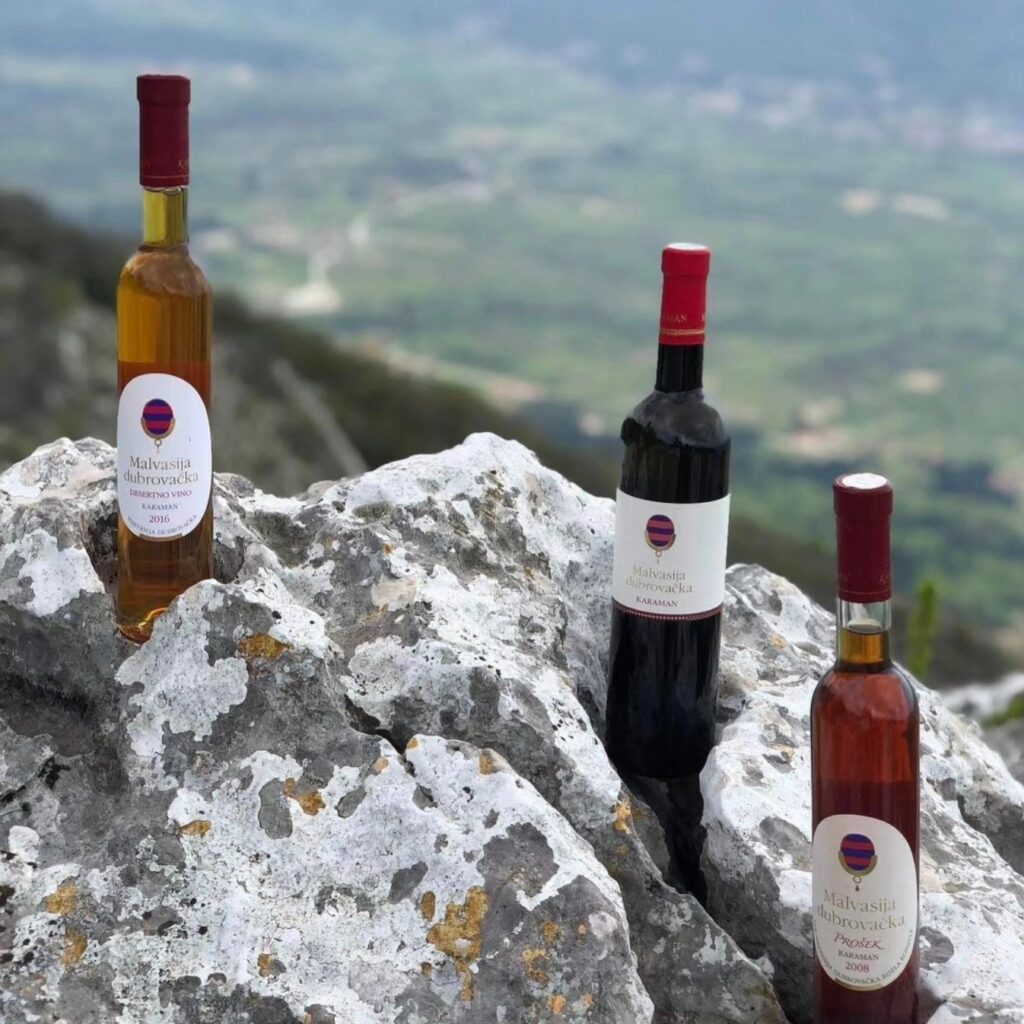
He showed us indigenous grape varieties I’d never heard of — Malvasija Dubrovačka, an ancient white wine grape that was nearly extinct until local winemakers revived it; and Plavac Mali, a red grape related to Zinfandel.
“My grandfather used to say that wine is just sunshine held together by water,” Luka said as we tasted his family’s creations. “In Konavle, we have perfect sunshine.”
I couldn’t argue with the results. The wines were unpretentious but complex, much like the region itself. As we sipped, Luka explained how Konavle has maintained its traditions while nearby Dubrovnik became increasingly focused on mass tourism.
“Here, we still celebrate the old ways,” he said. “We still use water mills to grind flour.” He pointed to a restored mill on the Ljuta River visible from the winery’s terrace. “We keep these things working so we remember who we are.”
Museum of Identity
Jelena’s trust in my abilities to appreciate the countryside meant she decided to drive further to have me visit the Konavle County Museum in Čilipi. “If you want to understand the peka, you need to understand the people who make it,” she said cryptically.
The museum was housed in a traditional stone building seemingly grown from the landscape.
Inside, I found myself in a world frozen in time. The museum displayed the everyday objects of rural Croatian life, elevated to art through their craftsmanship and the stories they told.
Hand-carved wooden spoons worn smooth by generations of use. Iron cooking tools blackened by countless fires. Looms where women once wove fabric for their families.
The most striking exhibit featured the traditional costume of Konavle women, intricate red-and-black embroidery on crisp white linen, with designs so distinct that historians can tell which village a woman came from by the pattern of her needlework.
The guide, an older woman named Vesna, with hands gnarled from a lifetime of work, showed us how each symbol in the embroidery had meaning — fertility, protection, prosperity.
“These were not decorations,” she explained. “They were prayers, hopes, dreams made visible.”
One glass case held a collection of peka lids, many even centuries old.
“Every family had their own,” Vesna said. “When a couple married, the village blacksmith would make them a peka as a wedding gift. It would feed their children, their grandchildren. Some families still use these today.”
I thought of how the flavours of the meal I’d eaten earlier seemed to carry something more than just skilled cooking. Now I understood — each peka dish was seasoned with generations of history.
The museum’s most charming section recreated a traditional Konavle home from the 19th century. A single room where an entire family lived, slept, cooked, and worked.
The hearth was the center of everything, with a peka prominently displayed. Above hung drying herbs for both cooking and medicine. In the corner stood a cradle, worn smooth by the rocking of countless babies.
“Life was simple but not easy,” Vesna said. “Everything had a purpose. Nothing wasted.”
Vesna explained that during the Croatian War of Independence in the early 1990s, many of these treasures were hidden in wells, buried in fields, or smuggled to safety. The locals understood that to lose these objects was to lose their identity.
“This is why we preserve them,” she said, her eyes welling with tears. “Not just for tourists. For ourselves. For remembering.”
Rustic Appreciation
I returned to Dubrovnik late in the evening with a new appreciation for what lay beyond the city walls.
The crowds that had irritated me earlier now seemed less bothersome. They were just doing what I had initially done earlier: scratching the surface of a country with depths I hadn’t known.
That evening, we sat at a fancy restaurant in Dubrovnik; the menu featured modern interpretations of traditional dishes, including peka served in individual portions with artistic drizzles of reduction.
It was perfect but lacked something that I had found in the rustic restaurant by the river — the community, the history, the sense that food is more than sustenance or entertainment. Identity.
If you ever find yourself in Croatia, take my unsolicited advice: drive south from Dubrovnik, and tell them you’ve come for the peka.
Your Instagram followers might not get it, but your soul certainly will.

